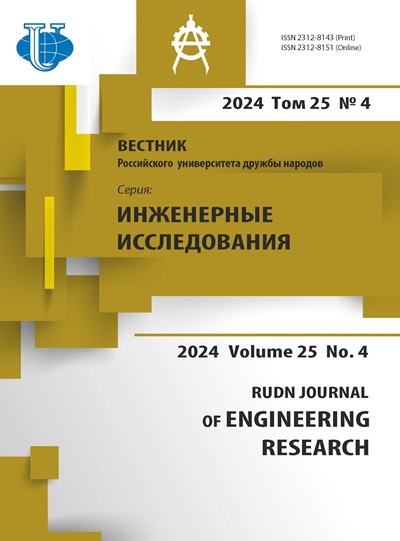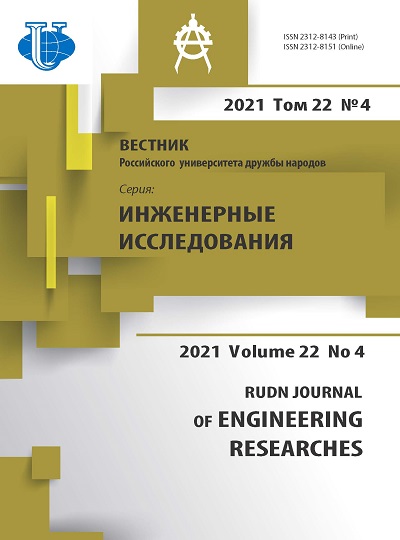About the authors
Peoples’ Friendship University of Russia (RUDN University)
Author for correspondence.
Email: antipov-yua@rudn.ru
ORCID iD: 0000-0002-5598-7522
Candidate of Technical Sciences, Associate Professor of the Department of Mechanical Engineering and Instrumentation, Engineering Academy
6 Miklukho-Maklaya St, Moscow, 117198, Russian Federation
Peoples’ Friendship University of Russia (RUDN University)
Email: shatalova-ii@rudn.ru
ORCID iD: 0000-0001-7302-4247
Candidate of Agricultural Sciences, Associate Professor of the Department of Innovative Management in Industries, Engineering Academy
6 Miklukho-Maklaya St, Moscow, 117198, Russian Federation
Peoples’ Friendship University of Russia (RUDN University)
Email: 1042180018@rudn.ru
ORCID iD: 0000-0002-5680-517X
postgraduate student, Department of Mechanical Engineering and Instrumentation, Engineering Academy
6 Miklukho-Maklaya St, Moscow, 117198, Russian Federation
Peoples’ Friendship University of Russia (RUDN University)
Email: 1042200019@rudn.ru
ORCID iD: 0000-0002-0100-6055
postgraduate student, Department of Mechanical Engineering and Instrumentation, Engineering Academy
6 Miklukho-Maklaya St, Moscow, 117198, Russian Federation
Peoples’ Friendship University of Russia (RUDN University)
Email: 1042190196@rudn.ru
ORCID iD: 0000-0001-5175-2219
postgraduate student, Department of Mechanical Engineering and Instrumentation, Engineering Academy
6 Miklukho-Maklaya St, Moscow, 117198, Russian Federation
Peoples’ Friendship University of Russia (RUDN University)
Email: 1032182301@rudn.ru
student, Department of Mechanical Engineering and Instrumentation, Engineering Academy
6 Miklukho-Maklaya St, Moscow, 117198, Russian Federation
Peoples’ Friendship University of Russia (RUDN University)
Email: 1032182294@rudn.ru
ORCID iD: 0000-0001-6054-2096
student, Department of Mechanical Engineering and Instrumentation, Engineering Academy
6 Miklukho-Maklaya St, Moscow, 117198, Russian Federation

















